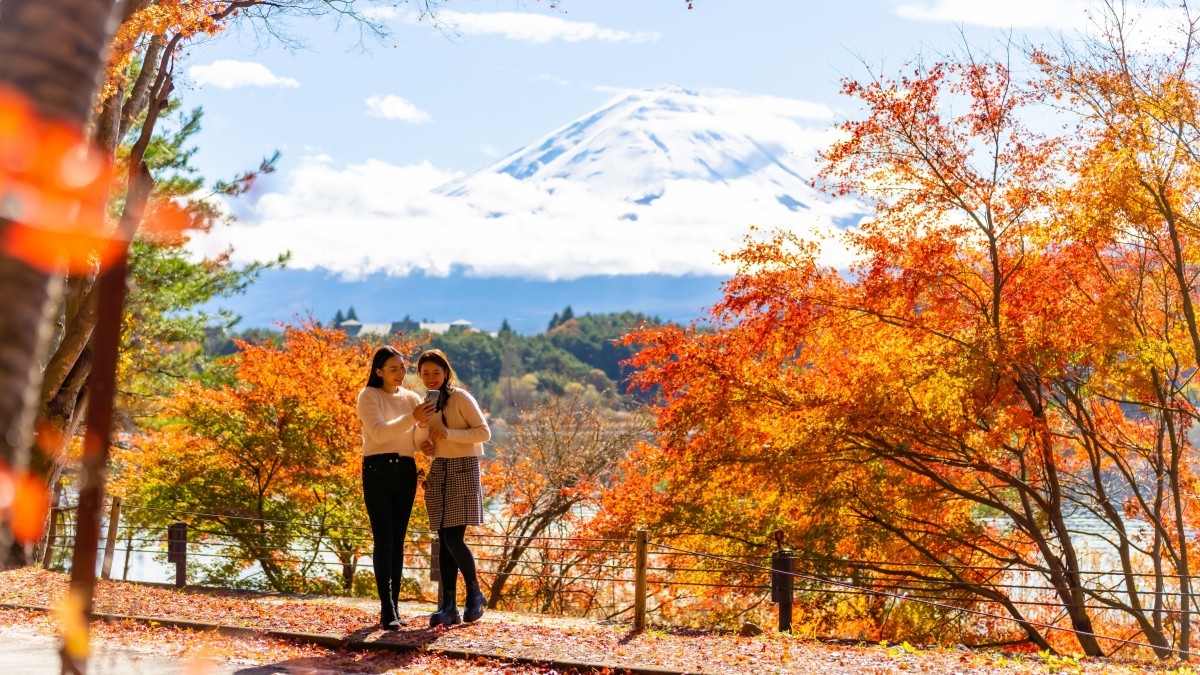
What comes to mind when you think of autumn? This time, we’re showcasing 50 iconic autumn traditions in Japan.
Japanese Autumn Traditions: Nature
Autumn Foliage

In Japan, starting around October, the leaves of deciduous trees turn red or yellow, a phenomenon known as "kōyō" or autumn foliage. Trees like maple, cherry, and zelkova turn red, while ginkgo and poplar trees turn yellow. Famous spots to see the autumn foliage include Miyajima in Hiroshima and Nikko in Tochigi.
Ginkgo Tree Avenues

As mentioned, ginkgo trees turn a stunning yellow in autumn. The best time to see them is from late October to November. Popular locations include the Meiji Jingu Gaien in Tokyo, Showa Kinen Park, and the Metasequoia Avenue near Makino Station in Shiga.
Clear Autumn Skies
In autumn, the air in Japan becomes drier, leading to crisp and clear skies, known as "akibare" or autumn clear weather. This is a great time for outdoor activities like hiking, and is often referred to as the "leisure season."
Autumn Rain & Late Summer Rains (Akitsuiri)
Before the sunny autumn weather, from the end of summer to around October, rainy days like the rainy season in June can continue.
Scaly Clouds (Urokogumo), Sardine Clouds (Iwashi-gumo), and Mackerel Clouds (Saba-gumo)

These are types of cirrocumulus clouds, where small cloud clusters form at high altitudes, resembling fish scales. They're named "scaly clouds" because they look like fish scales, and are also called sardine clouds or mackerel clouds.
Cold Winds (Kogarashi)
From mid-October to the end of November, it's the season for "kogarashi," or cold winds. These are strong northern winds blowing at 8 m/s or more, which can make leaves dance in the air. If you’re heading out during this time, remember to dress warmly.
Japanese Autumn Traditions: Flowers
Cosmos

In Japan, cosmos flowers are written as "秋桜" (autumn cherry), reflecting their vibrant autumn bloom. During this season, cosmos flowers burst into bloom across Japan, with their delicate white and pink petals swaying in the wind. Many people visit cosmos fields to enjoy the beautiful sight.
Osmanthus

Blooming from mid-September to late October, osmanthus is known more for its strong, sweet fragrance than its flowers. The rich scent that fills the air signals the arrival of autumn for many people.
Kochia
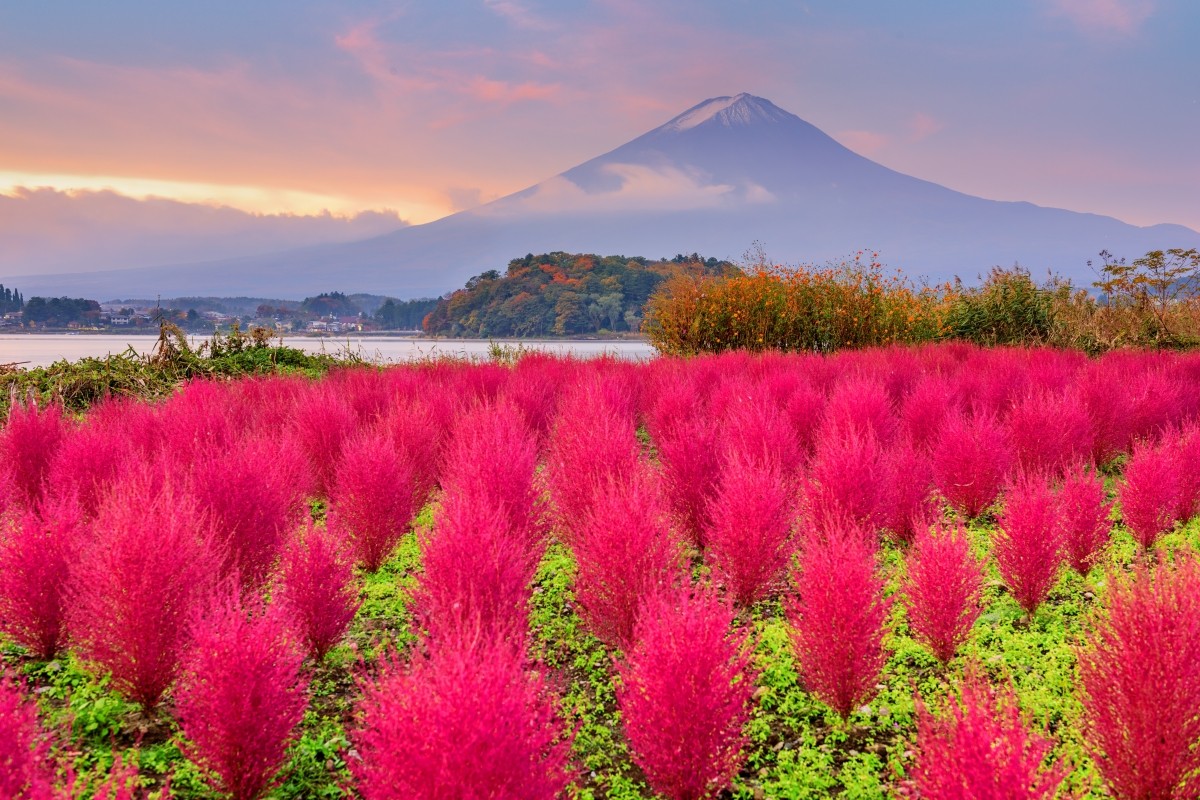
Known for its bright red, fluffy, round shape, kochia is a popular annual plant in Japan. The flowers themselves are quite small and not very noticeable, so the best time to see kochia is in October to November, when the leaves turn a striking red.
👉 7 scenic spots in Kochia. Hitachi Seaside Park, Tokyo German Village, etc.
Spider Lily (Higanbana) / Red Spider Lily

The spider lily, or higanbana, dazzles viewers with its vivid crimson blooms in autumn. Its peak season is from mid-September to early October. The flowers typically bloom around the time of the autumn equinox, making it a quintessential autumn symbol. The blooming of higanbana is greatly influenced by temperature, thriving best when average daily temperatures are between 20-25°C.
Seven Autumn Herbs (Aki no Nanakusa)
Even in the autumn leaf season, many flowers continue to bloom. These are mostly grasses and small plants, collectively referred to as "hana-no" in specialized terminology. The "Seven Autumn Herbs" include: bush clover (hagi), pampas grass (susuki), kudzu (kuzu), moss phlox (kawara-nadeshiko), Japanese golden lace (ominaeshi), Japanese thoroughwort (fujibakama), and bellflower (kikyō).
Pampas Grass

One of the Seven Autumn Flowers, pampas grass is commonly depicted in Japanese autumn scenes. It is often used to decorate offerings for the Moon Festival (Jūgoya) on the 15th night of the lunar month.
Japanese Autumn Traditions: Insects
Red Dragonfly
From late summer to autumn, red dragonflies start to appear. They are especially common in rural areas, where their presence against the backdrop of rice fields at dusk often evokes traditional rural scenes in Japan.
Crickets, Bell Crickets, and Long-Horned Grasshoppers
As the sound of summer cicadas fades, crickets begin to chirp. Bell crickets and long-horned grasshoppers are representative of autumn crickets. If you walk near grassy areas at night, you’ll likely hear the sounds of “rin-rin” and “ri-ri-ri.”
Japanese Autumn Traditions: Festivals
Ebisu Festival

Held around October 20 each year, this festival honors Ebisu, the god of prosperity. Shrines associated with Ebisu set up stalls selling lucky charms such as kumade (rake-shaped decorations) and fukusasa (bamboo branches decorated with lucky charms). At Tokyo’s Tōda Ebisu Shrine, the day before the festival, on October 19, the Betta Market (Bettara-ichi) takes place, featuring pickled daikon radishes made with rice malt and sugar.
Tori no Ichi Festival

Every November, the Tori no Ichi Festival is celebrated at shrines across Japan. This festival aims for good fortune and prosperous business, with stalls selling kumade to attract luck. Tokyo’s Washinomiya Shrine is one of the famous venues for this event.
Chrysanthemum Festival (Kiku Matsuri) and Chrysanthemum Dolls

While chrysanthemums bloom year-round, autumn-blooming chrysanthemums are particularly cherished in Japan. Various chrysanthemum festivals are held across the country during this season. Chrysanthemum dolls, where the flowers are used to decorate life-sized figures, are also showcased. The Nanyo Chrysanthemum Festival in Yamagata Prefecture is a renowned event that has been celebrated for over a century, featuring elaborate displays.
Halloween
Halloween, a Western tradition, is also popular in Japan. The Shibuya Halloween event, which attracts tourists from around the world, is particularly notable. Due to issues with public drinking, starting October 2024, drinking on the streets and in parks around Shibuya Station will be prohibited from 6 p.m. to 5 a.m. the following day.
Japanese Autumn Traditions: Seasonal Events
Moon viewing (Otsukimi)
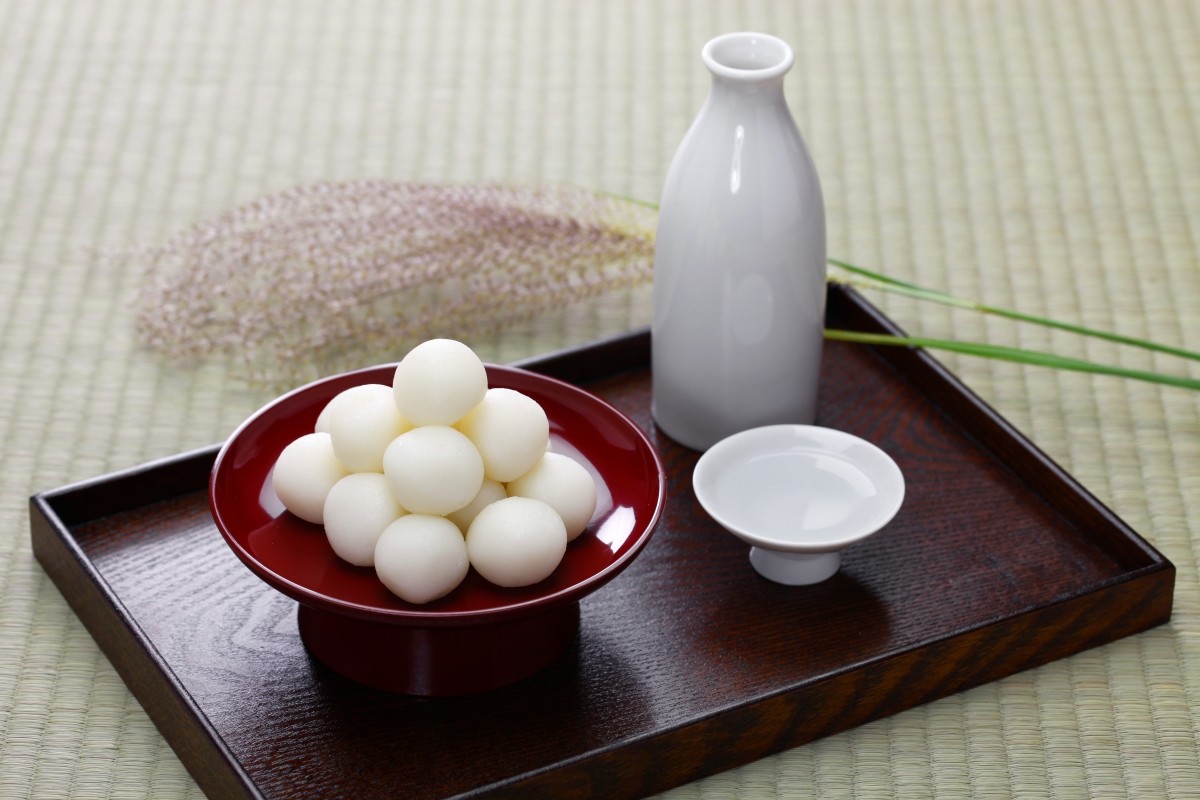
In Japan, the Mid-Autumn Festival is known as “Otsukimi.” This tradition involves eating tsukimi dango (rice dumplings) and decorating with susuki (Japanese pampas grass). It is celebrated on the 15th night of September or the full moon in September, and is also referred to as “Chūshū no Meigetsu” (Mid-Autumn Full Moon).
Rice Harvest

Autumn is the season for rice harvesting as the rice ears mature. In ancient times, only the ears of rice were cut, but today machines are used to harvest the entire plant. The rice is harvested from September to October and is polished and packaged by December 31, and this new rice is sold in supermarkets from October to November.
Deer Antler Cutting

The Deer Antler Cutting Ceremony (Tsuno-kiri) is held every October at Kasuga Taisha Shrine in Nara Prefecture. This tradition, which dates back to 1672, aims to prevent accidents caused by deer antlers. Visitors can watch the ceremony for a fee, and in 2024 it is scheduled for October 12 (Saturday), 13 (Sunday), and 14 (Monday, public holiday).
👉 Nara Park: A historical park with more than 1,000 deer
753 (Shichi-Go-San)

Shichi-Go-San is a traditional event celebrating the growth of children, where families visit shrines. Typically, boys are celebrated at ages 3 and 5, and girls at ages 3 and 7. In November, you can see children dressed in colorful kimonos at shrines. While November 15 is the official date for visiting, many families now choose auspicious days or weekends.
Autumn Days are Short (Tsurube-otoshi)

The proverb "Tsurube-otoshi" refers to how the days shorten quickly in autumn, as the sun sets earlier compared to other seasons. The term "Tsurube-otoshi" also refers to a type of yokai (supernatural creature) said to drop from trees to scare people.
Cultural Festivals and School Events
November 3 is Culture Day in Japan, and many schools hold cultural festivals on this day. Students set up stalls and exhibit their class and club activities. It is common to see classmates creating haunted houses or cafes, a tradition that is often depicted in anime.
👉 "Culture Day" A holiday in Japan where you can enjoy museums for free
Oktoberfest
The German beer festival, Oktoberfest, was first held in Tokyo in 2003 and has since spread across Japan.
Japanese Autumn Traditions: National Holidays and Anniversaries
Respect for the Aged Day
This holiday is dedicated to honoring and expressing gratitude to the elderly who have contributed to society over many years. Each year, individuals who turn 100 receive a congratulatory letter and commemorative gifts from the Prime Minister. Additionally, free bathing services are often provided at public baths and bathhouses.
👉 Japan’s Respect for the Aged Day
Autumnal Equinox Day
Similar to the Spring Equinox Day, this holiday marks the change of seasons in autumn. Many Japanese people visit their ancestors' graves during this time, known as the autumnal equinox period or “Higan.” Sometimes, this holiday, combined with Respect for the Aged Day or weekends, creates a long holiday known as “Silver Week.”
👉 What Do you Do on Japan's Autumnal Equinox Day?
Silver Week
The term “Silver Week” became popular around 2009, when the period from September 19 to September 23, including Respect for the Aged Day and the Autumnal Equinox Day, resulted in a five-day holiday. It was named “Silver Week” in contrast to the “Golden Week.”
Sports Day
Originally known as “Health and Sports Day,” this holiday was established to commemorate the achievements and excitement of the 1964 Tokyo Olympics. It was initially set on October 10 to coincide with the opening ceremony of the Olympics but was moved to the second Monday in October starting in 2000.
Culture Day
Culture Day is celebrated on the birthday of Emperor Meiji, known as Mutsuhito. It was named to promote peace and advance culture. On this day, various museums and art galleries across Japan offer free admission.
👉 When is Culture Day? Is it true that you can enjoy museums for free?
Pocky Day
Pocky Day is celebrated on November 11 because the shape of Pocky sticks (japanese sweet snack food) resembles the number 1. November 11, 1999, was recognized by the Japan Anniversary Association as “Pocky & Pretz Day.”
👉 What day is November 11th? In Japan, November 11th is "Pocky day"!
Labor Thanksgiving Day
Originally established as “Shinōsai,” a day to give thanks for the harvest, this holiday has evolved into a day to express gratitude to all workers.
👉 Don't Forget your Thankful Feelings on Japan's "Labor Thanksgiving Day"
Japanese Autumn Traditions: Food, Gourmet, and the Season of Appetite
The season of falling leaves signals the harvest before winter, bringing an abundance of delicious foods. This is why autumn is often referred to as “the season of appetite.”
Sanma

Autumn swordfish, written as 秋刀魚 in kanji, is a representative fish of the season. Its peak season is from September to October when it is at its fattest. It is commonly grilled with salt, but in Hokkaido, where the catch is plentiful, you can also find sanma sashimi at izakayas.
Autumn Eggplant (eggplant)

Autumn eggplants are smaller and firmer, with a taste that is particularly delightful. However, they contain alkaloids that can be toxic, which is why there is a Japanese proverb, "Don’t feed autumn eggplant to your daughter-in-law",
Chestnuts and Chestnut Rice

The chestnut season runs from September to November. Chestnut-picking events are popular at farms, drawing families to enjoy the activity. "Chestnut rice," made by cooking chestnuts with rice in a rice cooker, is a cherished autumn flavor.
Sweet Potatoes

Sweet potatoes are harvested from August to November. Like chestnuts, “sweet potato digging” events at farms are a popular autumn leisure activity and a common excursion for kindergartens and elementary schools.
Matsutake Mushrooms

Matsutake mushrooms are harvested from September to October, with the season moving from north to south. Known as a high-end delicacy, matsutake can sometimes cost over 10,000 yen per mushroom.
Ginkgo Nuts

Ginkgo nuts, the fruit of the ginkgo tree, are harvested from October to November. In Japan, they are often served as "ginkgo yakitori" at yakitori shops or used as an ingredient in "chawanmushi," a steamed egg custard dish.
Black Soybeans
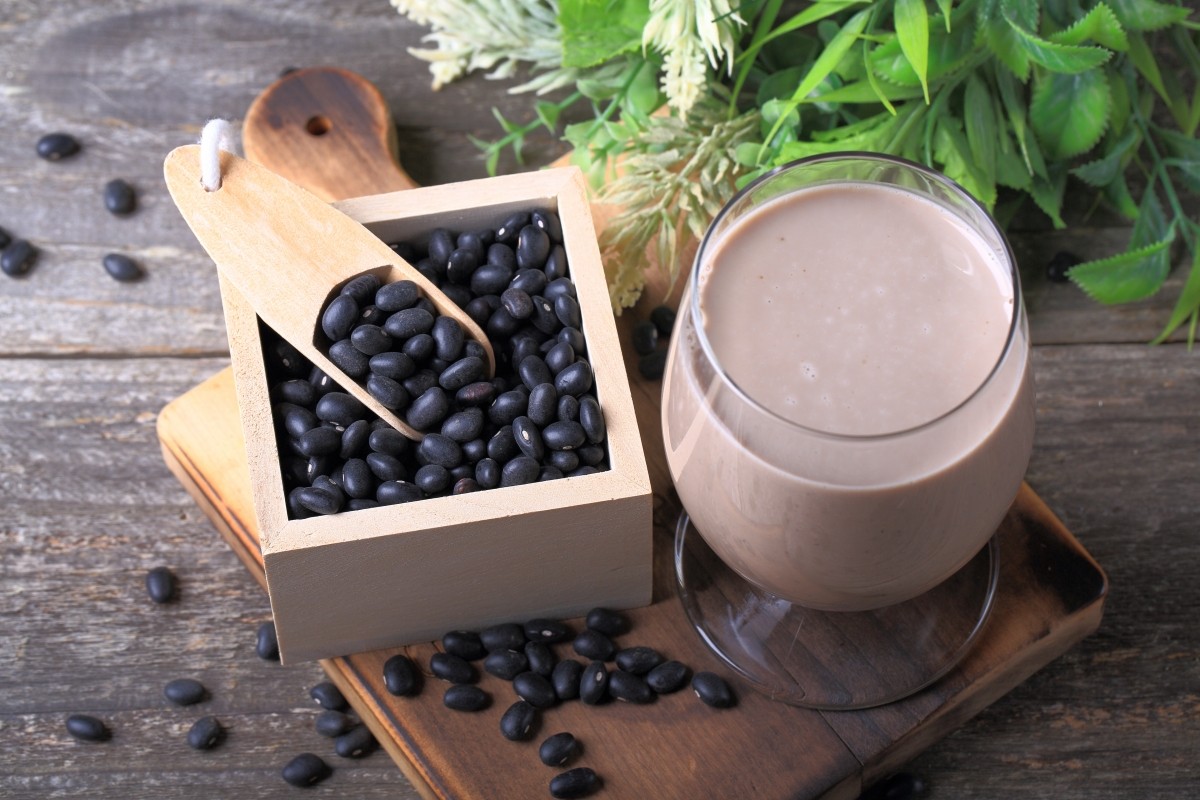
Harvested in October, black soybeans from the Tamba region in Hyogo Prefecture are renowned for their quality and are called “Tamba Black”.
Beaujolais Nouveau Release
The third Thursday of November is the release date for Beaujolais Nouveau. This wine, made in the Beaujolais region of France, is eagerly awaited in Japan and is often celebrated with special events at restaurants.
Japanese Autumn Traditions: Fruits
Persimmons
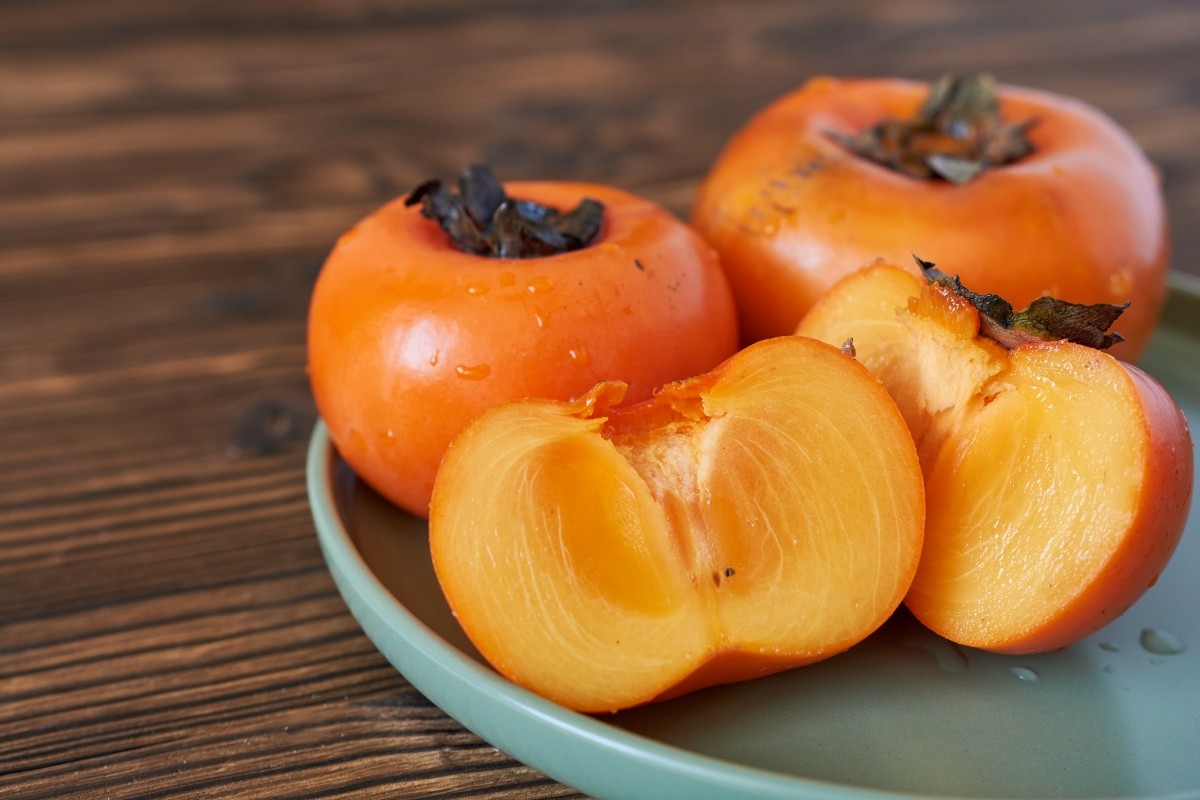
Persimmons are in season from October to November and are rich in carotene and vitamin C. Famous varieties include Fuyu persimmons from Gifu Prefecture and Saijo persimmons from Tottori Prefecture. Dried persimmons, or "hoshigaki," are also popular as a nutritious winter food.
Apples

While apples are generally a winter fruit, they begin to be harvested from late September. These early-harvest apples are known as "nakate-shu" and include varieties like Early Fuji, Toki, and Kogyoku.
Pears

Pear season starts in early August and continues until October. Known for their juicy and crisp texture, pears are grown in Chiba, Ibaraki, Tochigi, and Tottori Prefectures.
Grapes

Grapes are harvested from late July to early November, making them a popular autumn fruit in Japan. Grape-picking is a popular activity in regions like Yamanashi and Nagano.
Shine Muscat Grapes

The peak season for Shine Muscat grapes is from September to October. They are known for their edible skin and firm, juicy flesh. A bunch of these grapes can cost over 1,000 yen, making them a premium fruit.
Pomegranates
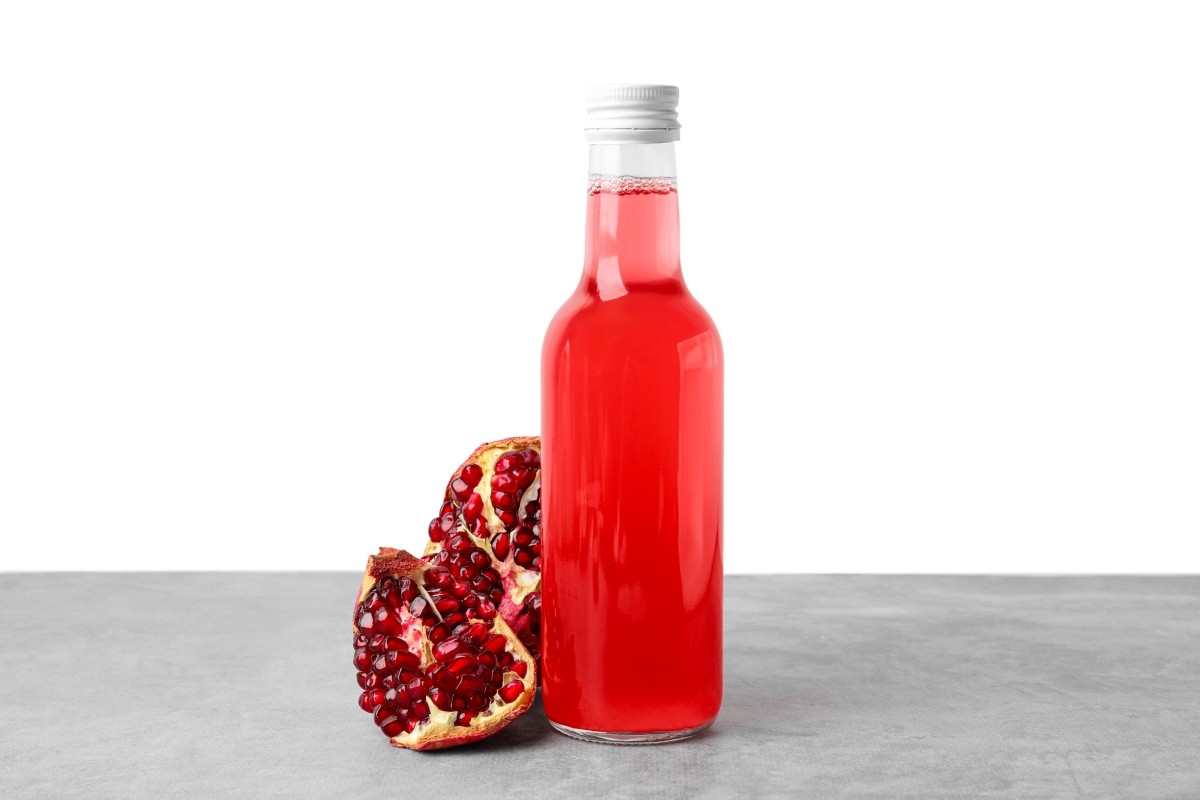
Pomegranates are in season from September to November, with famous production areas in Wakayama and Yamanashi Prefectures. Pomegranate juice and jam are also popular in Japan.
Autumn traditions in Japan: Wagashi (Traditional Sweets) and Desserts
Ohagi
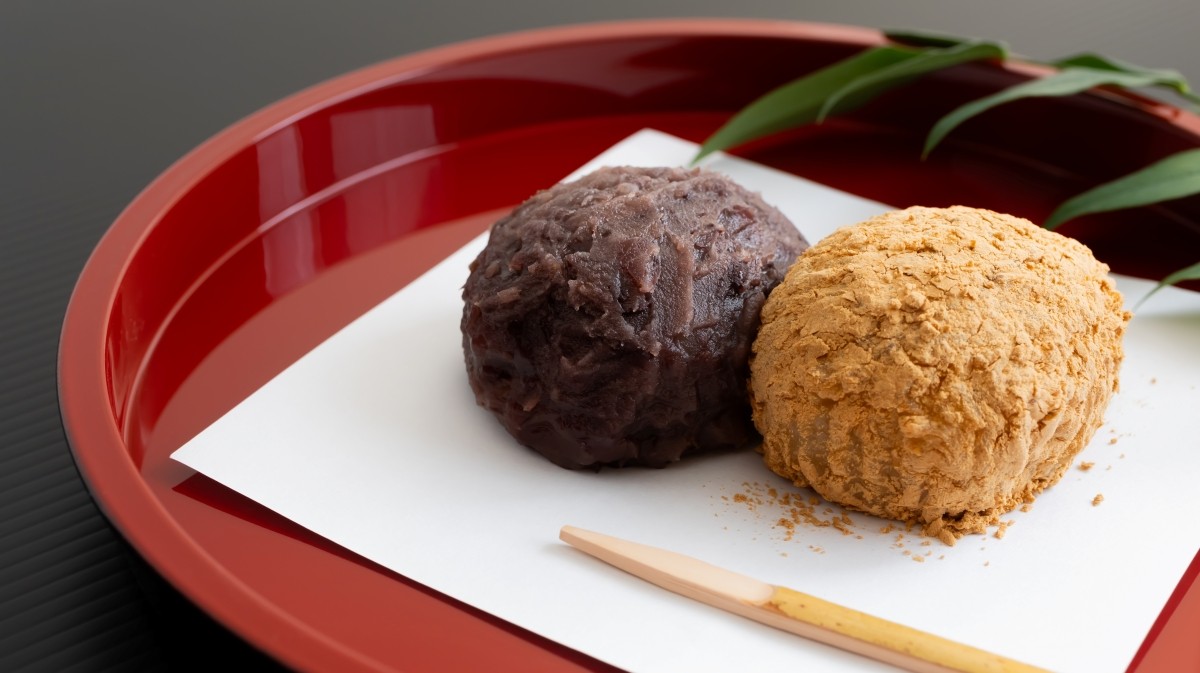
Ohagi is a sweet made from glutinous rice and sweet red bean paste, often prepared during the equinoctial week to honor ancestors. It is also enjoyed by individuals after the ceremonies, making it a staple sweet for early autumn.
Chestnut Manju

Chestnut manju is made by combining chestnuts with white bean paste. The top is brushed with egg yolk before baking to give it a glossy, chestnut-like appearance.
Pumpkin and Sweet Potato Sweets

Pumpkin and sweet potatoes are used in a variety of sweets, including parfaits, ice cream, and Mont Blanc. Many restaurants and convenience stores offer limited-time autumn products featuring these ingredients.
Mont Blanc

Mont Blanc, made with chestnuts, is a popular dessert in Japan. Recently, "raw squeezed Mont Blanc", where the cream is piped in front of the customer, has become a trend.




Comments